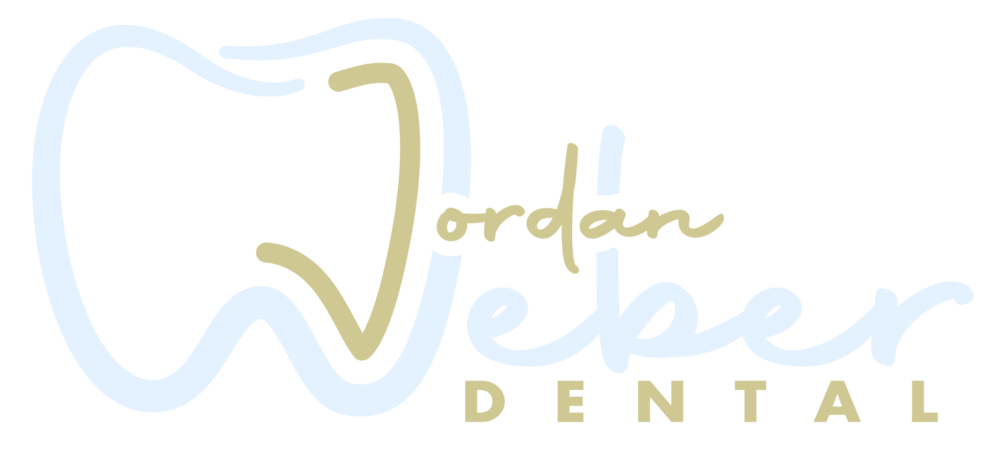Gum Grafting

A gum graft is a procedure that replaces missing gum tissue around your teeth or dental implants. There are two types of gum tissue in your mouth: Thick, strong tissue found around your teeth and the roof of your mouth and weak, thin tissue that lines your cheeks and the floor of your mouth. Gum grafts restore the thick, strong tissue that is lost due to environmental or genetic reasons.
Frequently Asked Questions
1. What materials are involved in a Gum Graft?
Most commonly, your own gum tissue is used for a gum graft. It is taken from an area in your mouth where it is abundant and transferred to the needed area. Sometimes a commercial material made from natural tissue is substituted to build up the gum around teeth and implants.
2. What are the benefits of having a Gum Graft?
Gum grafts stop the continued recession of your gums away from your teeth. They may help decrease painful root sensitivity by covering up the exposed root surface. Grafts also protect the exposed root surfaces from excessive wear and notching. Gum grafts greatly improve the looks of the affected teeth and implants. Food accumulation around the teeth may be reduced after grafting.
3. What are the risks of having a Gum Graft?
The biggest risk to gum grafts is that they may not heal properly. They also may not integrate with the surrounding gum or may shrink while healing, resulting in less coverage than anticipated. A gum graft may need to be repeated to get the desired result. Graft surgery can be painful for several weeks after the procedure, particularly when tissue is taken from the roof of your mouth.
4. What are the alternatives to having a Gum Graft?
The alternative is to do nothing and risk continued progression of the recession around the affected teeth or implants.
5. How can an existing bite affect my Gum Graft?
Abnormal tooth alignment and biting pressure are both important causes of gum deformities. Teeth that are tilted, crowded or rotated increase the risk for bone and gum defects. In order for a gum graft to be successful, tooth positioning issues and bite problems may need to be managed before performing the surgery.
6. Are there any post-treatment limitations once I have a Gum Graft?
After gum graft surgery, you should not use a hard toothbrush or dental hygiene aids that may irritate the new gum. Use of these products may cause the new gum to recede. Once the gum graft has fully healed you should be able to clean the area as normal.
Frequently Asked Questions
1. What materials are involved in a Gum Graft?
Most commonly, your own gum tissue is used for a gum graft. It is taken from an area in your mouth where it is abundant and transferred to the needed area. Sometimes a commercial material made from natural tissue is substituted to build up the gum around teeth and implants.
2. What are the benefits of having a Gum Graft?
Gum grafts stop the continued recession of your gums away from your teeth. They may help decrease painful root sensitivity by covering up the exposed root surface. Grafts also protect the exposed root surfaces from excessive wear and notching. Gum grafts greatly improve the looks of the affected teeth and implants. Food accumulation around the teeth may be reduced after grafting.
3. What are the risks of having a Gum Graft?
The biggest risk to gum grafts is that they may not heal properly. They also may not integrate with the surrounding gum or may shrink while healing, resulting in less coverage than anticipated. A gum graft may need to be repeated to get the desired result. Graft surgery can be painful for several weeks after the procedure, particularly when tissue is taken from the roof of your mouth.
4. What are the alternatives to having a Gum Graft?
The alternative is to do nothing and risk continued progression of the recession around the affected teeth or implants.
5. How can an existing bite affect my Gum Graft?
Abnormal tooth alignment and biting pressure are both important causes of gum deformities. Teeth that are tilted, crowded or rotated increase the risk for bone and gum defects. In order for a gum graft to be successful, tooth positioning issues and bite problems may need to be managed before performing the surgery.
6. Are there any post-treatment limitations once I have a Gum Graft?
After gum graft surgery, you should not use a hard toothbrush or dental hygiene aids that may irritate the new gum. Use of these products may cause the new gum to recede. Once the gum graft has fully healed you should be able to clean the area as normal.
All Rights Reserved | Site by Fix8






